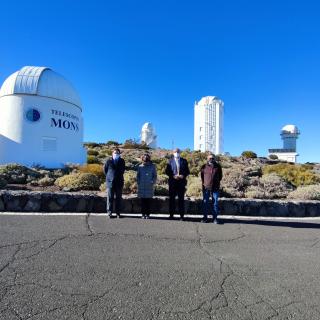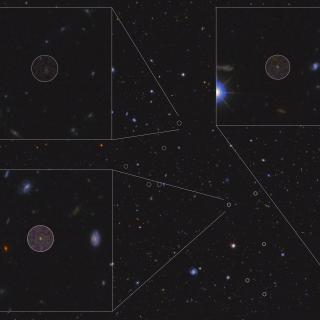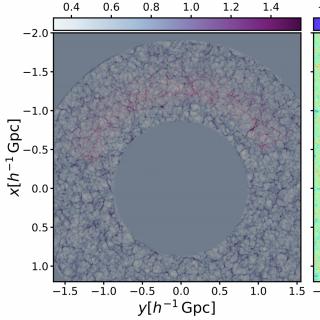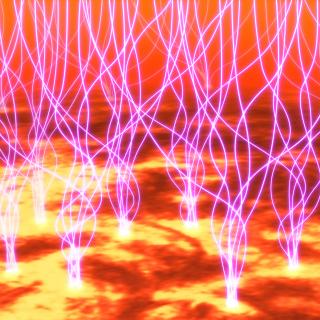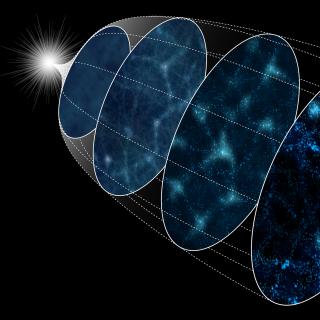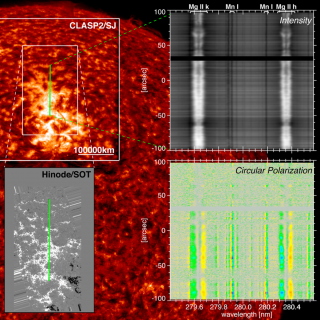
The solar chromosphere is the region between the relatively thin and cold photosphere (temperature of a few thousand degrees) and the hot and extended corona (temperatures above a million degrees). Although the chromosphere is much less hot than the corona, it is also significantly denser and thus much more energy is required to sustain it. Moreover, the mechanical energy necessary to heat the corona needs to traverse the chromosphere, making it a crucial interface region to understand how this energy propagates and is released in the most violent activity of the solar upper atmosphere
Advertised on
